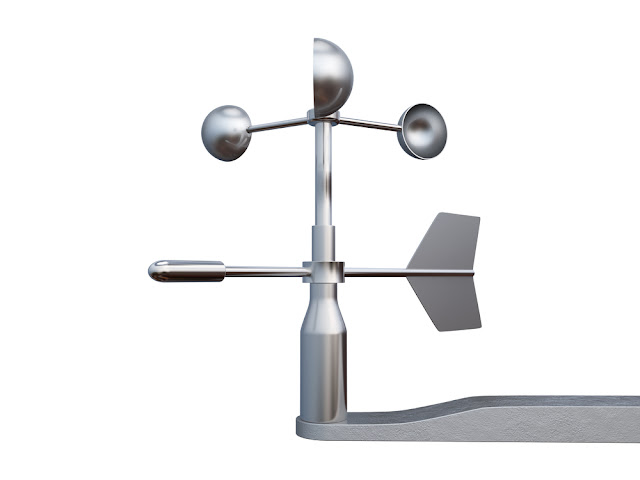Anemometer Market Scope, In-Depth Analysis, Top Key Players, Reviews And Forecast To-2030
An anemometer is a tool with sensors for both wind speed and direction that is primarily used to measure wind speed. These tools aid in the detection of changes in the physical characteristics and air velocity. By 2025, the global anemometer for market is anticipated to reach US$ 561.85 million, growing at a CAGR of 5.79%. The Anemometer Market is primarily driven by rising wind energy consumption and favourable regulatory rules for wind energy projects.
The global Demand for Anemometer Market improved devices for measuring air pressure, velocity, and quality is driving anemometer expansion.
A few of the key uses of anemometer that are propelling the market's expansion internationally include monitoring weather conditions, air pollution, and air pressure. The usage of air quality monitoring devices to prevent any type of airborne sickness is growing as worldwide air pollution levels rise. Because of this, a lot of government organisations are focusing on air quality monitoring devices, which is further fueling the growth of the anemometer for market.
The Wind Energy Technologies Office (WETO) is working to lower the cost of wind energy while improving the performance and consistency of next-generation wind technologies. The average capacity factor for wind turbines installed before 1998 increased from 22% to an average of 33% as a result of this research. In 1980, the cost of wind energy was over 55 cents per kilowatt-hour (kWh), but today it costs an average of 2.35 cents in the United States.
Some of the main barriers to the Anemometer Market are high capital investment and difficult design requirements. A significant opportunity exists for the worldwide anemometer market due to the expanding use of anemometer in a number of industries, including mining and construction. For a 50 MW offshore wind turbine, which is 2.5X longer and capable of producing nearly 6X more output than the largest blades and turbines currently in service, industry companies are concentrating their R&D efforts.




Comments
Post a Comment